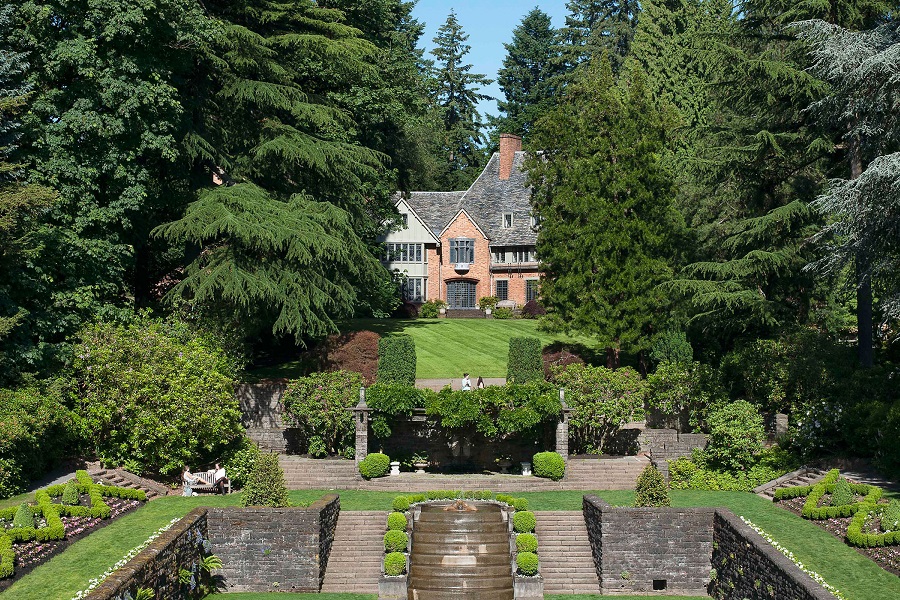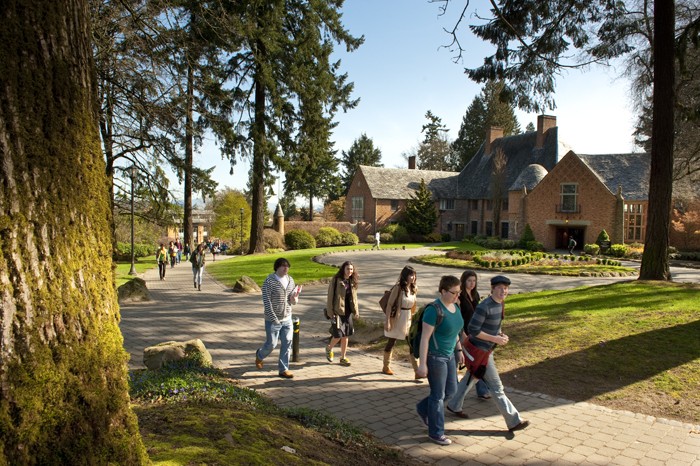
Understanding the Difference Between Liberal Arts Education and Liberal Arts Colleges
What is a liberal arts education?
A liberal arts education is a four-year undergraduate degree. The objective of a liberal arts education is to explore many subject areas for the purpose of developing general knowledge while strengthening critical thinking, communication, and problem solving skills. Students choose a concentration, or major, which is typically anything from art history to physical sciences such as chemistry.
Why is a liberal arts education valuable?
Employers recognize the value of a liberal arts education. In recent years, surveys of employers indicate that a large percentage seek employees who can think critically, problem solve, communicate well, and be innovative. These are the skills that a liberal arts education provides. A 2013 survey commissioned by the Association of American Colleges & Universities (AAC&U) revealed that 74% of employers, “would recommend a twenty-first century liberal education to a young person they know in order to prepare for long-term professional success in today’s global economy. Even if you know that you want to be an engineer or a doctor, having a strong liberal arts education means that you will be a more valued employee and more likely, successful in your career.
What is a liberal arts college?
A liberal arts college is a four-year undergraduate institution dedicated to the study of many areas of the arts and sciences. These are usually small schools with populations from as few as 200 to 5000. This means smaller class sizes and plenty of time for class discussion. There are typically no teaching assistants (TAs) in the classes, so students interact directly with the professors. In addition, undergraduate students have the opportunity to work with their professors in their research. Not only are you developing critical thinking and problem solving skills through your courses, you can apply these skills to real research experiences. Employers seek this type of experience when hiring new graduates.
Many small liberal arts colleges provide additional opportunities to develop the 21st century skills that employers are looking for. For example, a small campus will have a variety of clubs for students, in which they develop friendships around common interests as well as leadership, communication, and organizational skills. Smaller schools mean more opportunities to have leadership roles in creating and managing club activities.

Lewis & Clark College, Portland, Oregon.
Where can you get a liberal arts education?
You can earn a liberal arts education at large universities and small colleges all over the United States. Where you choose to study depends on what other aspects of your educational experience are important. For example, I acquired my own liberal arts education at a large state school, the University of Wisconsin-Madison. I personally enjoyed living on a large university campus of 30,000 students. I had an array of courses from which to choose. The classes were often large, but I enjoyed the lecture aspect of these classes. There were often graduate assistants to help me. The campus life provided many social activities, events, and amenities such as libraries and the famous Memorial Student Union. And you can’t talk about the UW-Madison without mentioning Babcock ice cream and the Badgers!
Now, I teach on a small liberal arts college campus in Portland, Oregon. The student experience here at Lewis & Clark is much different. With only 2100 undergraduates, everyone knows each other, students live together, classes are small, and many faculty are on a first-name basis with students. Perhaps it may seem there are not many choices for majors on a small campus, but in fact, Lewis & Clark has 29 majors in arts and sciences, including biology and computer science, not to mention history, international affairs, and sociology. Moreover, the attention and support from advisors means that you have a lot of help in determining your interests and choosing a major that fits.
Lewis & Clark is a good example of a small liberal arts college with a supported student life in addition to its strong academics. There are many opportunities to develop leadership skills through its well-organized College Outdoors, Student Passport to Leadership, and student-led clubs.
In summary, many companies and non-profit organizations recognize that a liberal arts degree is an indicator of an employee who is prepared for today’s workplace. Explore the choices in universities and colleges in the U.S. to find the right institutional fit for you.
This article was written by Laura Shier, Director, Academic English Studies, Lewis & Clark College
